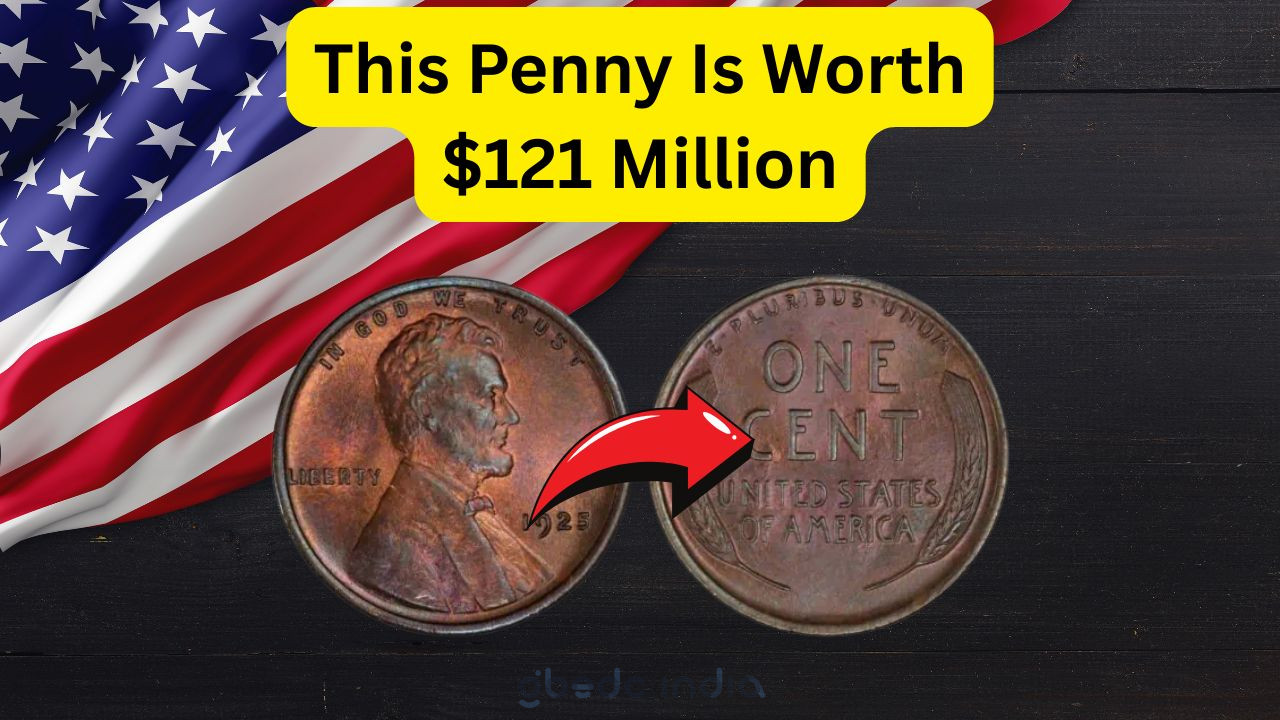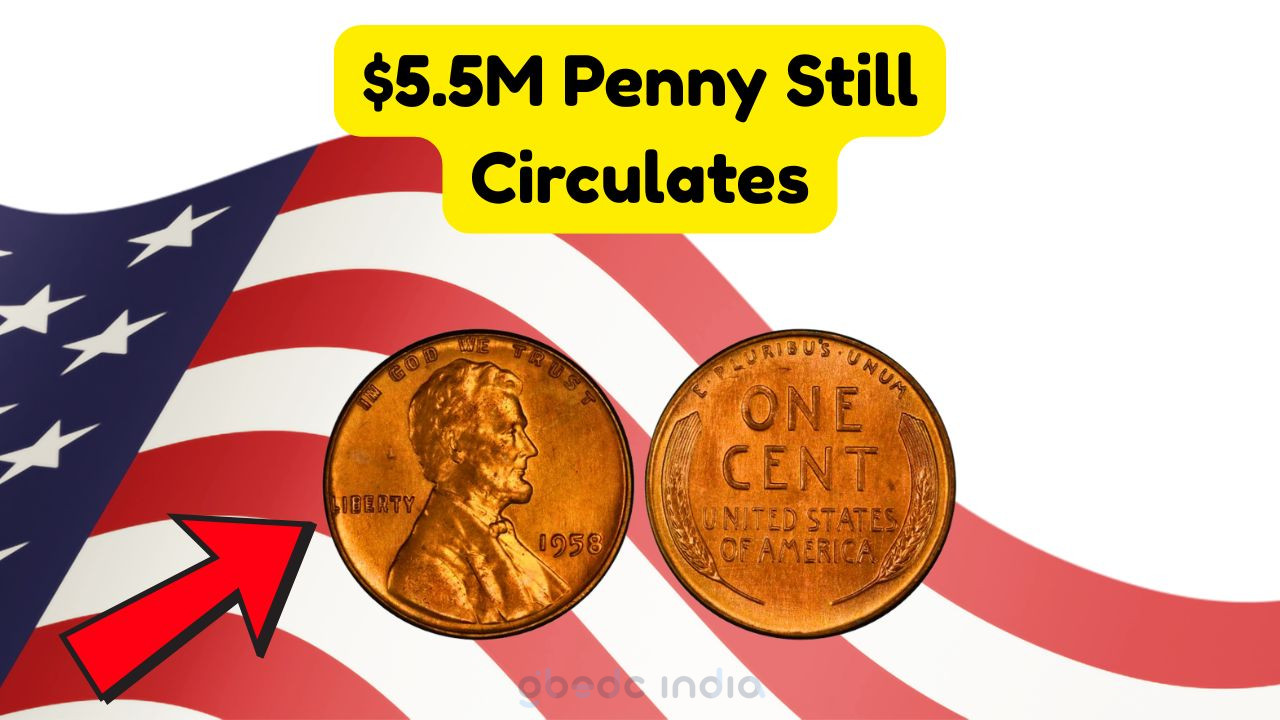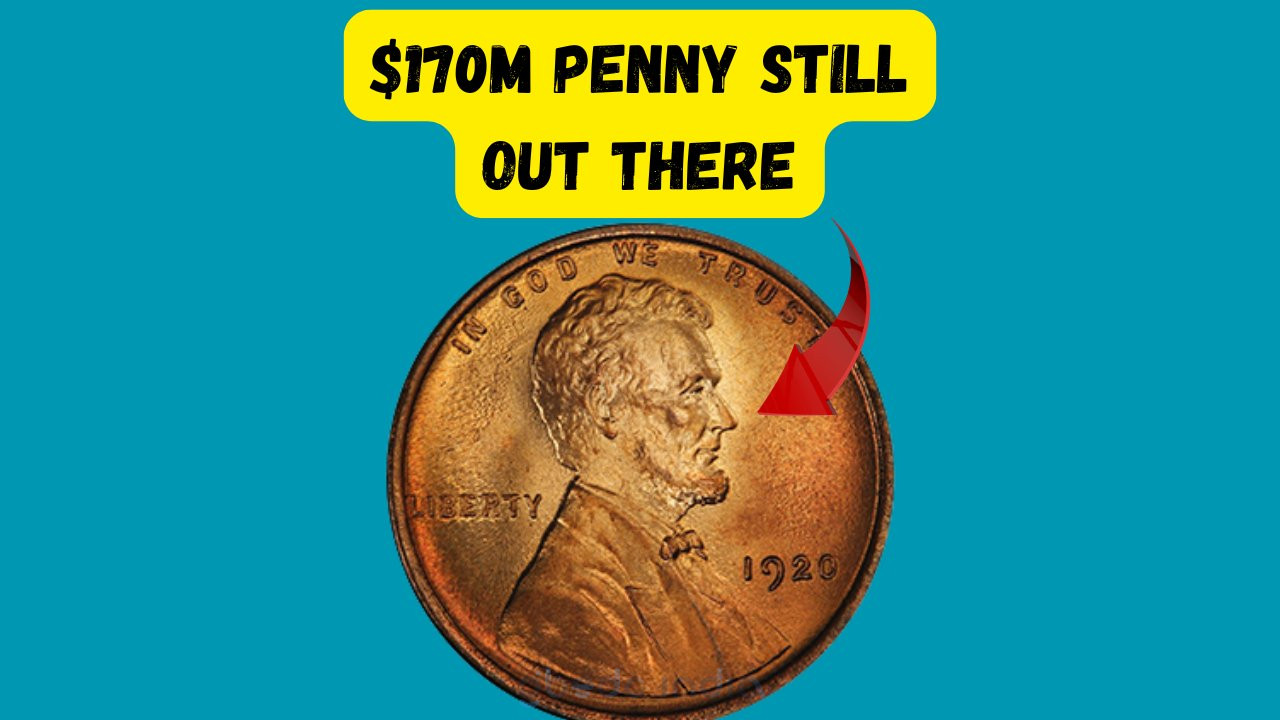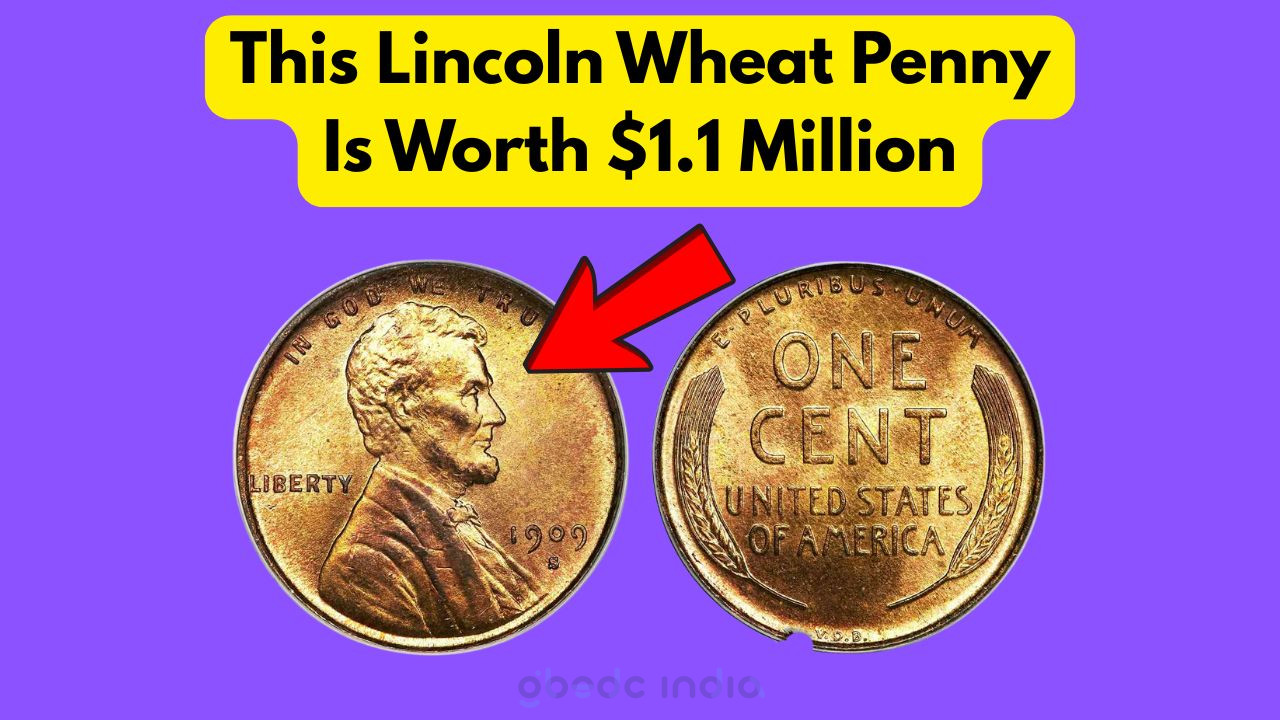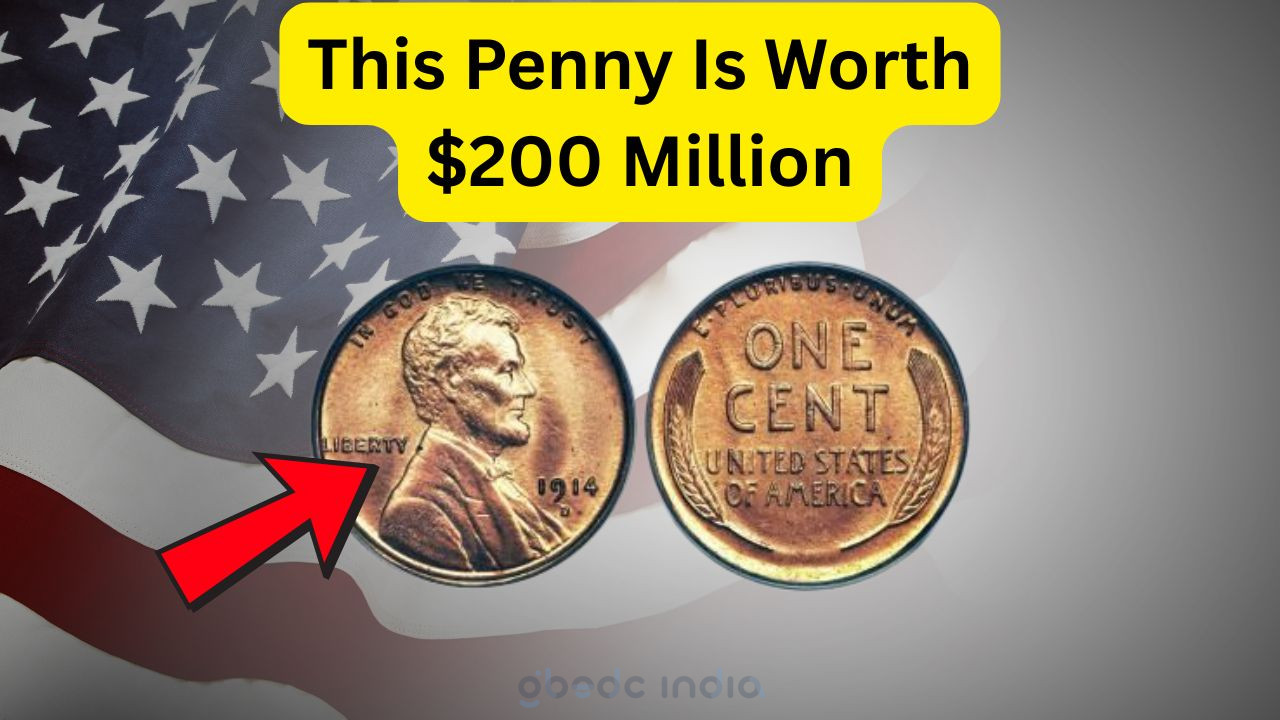Lincoln Wheat Penny
The Hidden Value of Your Lincoln Wheat Penny
Lincoln Wheat Penny: The Lincoln Wheat Penny is not just a piece of nostalgic currency for collectors but could potentially be an incredible asset worth up to $121 million. As numismatics continue to captivate enthusiasts around the world, rare coins like the Lincoln Wheat Penny have emerged as fascinating investment opportunities. The common perception of pennies is often trivial, but a deep dive into the history and unique characteristics of the Lincoln Wheat Penny reveals a treasure trove of value waiting to be uncovered.
- The Lincoln Wheat Penny was first minted in 1909.
- It features the profile of President Abraham Lincoln.
- The reverse side showcases two wheat stalks.
- It was designed by Victor David Brenner.
- Minting continued until 1958.
- Some rare editions are highly sought after by collectors.
- The 1943 copper penny is exceptionally rare.
Why Certain Lincoln Wheat Pennies Are Worth Millions
Among the millions of Lincoln Wheat Pennies minted, there are select pieces that carry immense value due to their rarity and historical significance. The 1943 copper penny, for instance, is one of the most coveted among collectors. During World War II, copper was needed for the war effort, so pennies were made from zinc-coated steel instead. However, a small number of copper pennies were mistakenly minted, making them extraordinarily rare and valuable. Another example is the 1922 plain penny, which lacks a mint mark due to a die error at the Denver Mint, increasing its desirability among numismatists.
- Rare minting errors increase a penny’s value significantly.
- Historical context can enhance a coin’s collectability.
- Limited mintages often lead to higher demand.
- Condition and grading play a crucial role in valuation.
- Provenance can add interest to a specific coin.
- Demand among collectors can drive prices upward.
- Auctions often reveal the highest market values.
Evaluating the True Worth of Your Lincoln Wheat Penny
Determining the value of a Lincoln Wheat Penny involves several factors, including its condition, rarity, and historical significance. Collectors often turn to professional grading services, which provide an expert assessment of a coin’s condition and authenticity. The Sheldon Coin Grading Scale, ranging from 1 to 70, is commonly used to evaluate a penny’s state, with higher grades indicating better preservation and, consequently, higher value. Moreover, understanding the historical context and any unique features of the penny can significantly influence its market price.
- Condition is assessed using the Sheldon scale.
- Rarity depends on minting errors and limited production.
- Historical significance enhances a penny’s value.
- Grading services provide professional evaluations.
- Market demand fluctuates based on collector interest.
- Provenance can affect a coin’s desirability.
Historical Significance and Market Trends
The Lincoln Wheat Penny is not only a piece of monetary history but also a reflection of the economic and social changes over the decades. For instance, the introduction of the Lincoln image in 1909 marked the centennial of Abraham Lincoln’s birth and was the first time a U.S. president’s portrait appeared on American coinage. This historical context adds a layer of significance that collectors cherish. Additionally, market trends for numismatics fluctuate with economic conditions, collector demographics, and even cultural shifts. Staying informed about these trends can help potential investors make educated decisions.
| Penny Year | Material | Rarity | Estimated Value |
|---|---|---|---|
| 1909-S VDB | Copper | High | $1,000 – $3,000 |
| 1914-D | Copper | High | $200 – $2,500 |
| 1922 No D | Copper | Very High | $500 – $10,000 |
| 1943 Copper | Copper | Extremely High | $60,000 – $1,000,000 |
| 1955 Doubled Die | Copper | High | $1,000 – $15,000 |
| 1944 Steel | Steel | Extremely High | $75,000 – $100,000 |
| 1931-S | Copper | Moderate | $75 – $300 |
| 1958 Doubled Die | Copper | Very High | $50,000 – $125,000 |
Grading and Authentication
Proper grading and authentication are essential in determining the true value of a Lincoln Wheat Penny. Professional grading services such as the Professional Coin Grading Service (PCGS) or the Numismatic Guaranty Corporation (NGC) offer detailed evaluations that include the coin’s condition, authenticity, and any unique features. These certified evaluations provide assurance to potential buyers and are crucial for establishing a coin’s market value. Collectors should also be aware of counterfeit coins, as the popularity of rare pennies has led to increased fraudulent activity. Therefore, authentication is a critical step in the collecting process.
- Use reputable grading services for evaluations.
- Authentication helps prevent counterfeit purchases.
- Grading provides a comprehensive condition assessment.
- Certificates of authenticity increase buyer confidence.
- Collectors should stay informed about market scams.
- Proper storage preserves a penny’s condition.
- Grading reports can impact resale value.
Collecting Lincoln Wheat Pennies
Collecting Lincoln Wheat Pennies can be a rewarding hobby that combines historical intrigue with the potential for financial gain. Many collectors start with common pennies and gradually seek out rarer pieces as their interest and expertise grow. Attending coin shows, joining numismatic clubs, and participating in online forums are excellent ways to deepen knowledge and connect with fellow enthusiasts. Assembling a comprehensive and well-preserved collection can offer both personal satisfaction and a lucrative investment opportunity as the market for rare coins remains strong.
- Start with common pennies and expand to rarer finds.
- Join numismatic clubs and attend coin shows.
- Engage in online forums for knowledge sharing.
- Build relationships with reputable dealers.
- Consider the long-term investment potential.
The Role of Auctions in Determining Value
Auctions play a significant role in determining the value of rare Lincoln Wheat Pennies. High-profile auctions often attract serious collectors and investors, driving up the prices of rare coins. Auction houses such as Heritage Auctions and Stack’s Bowers Galleries specialize in rare coins and offer a platform for sellers to reach a global audience. Bidding wars can result in record-breaking sales, such as the $1.7 million paid for a 1943 copper penny. Tracking auction results can provide valuable insights into current market trends and the true demand for specific pennies.
- Auctions attract serious collectors and investors.
- Specialized auction houses focus on rare coins.
- Bidding wars can lead to record-breaking sales.
- Global audiences increase competition and value.
- Tracking auction results reveals market trends.
Preserving the Value of Your Collection
Maintaining the condition of Lincoln Wheat Pennies is crucial for preserving their value. Proper storage techniques, such as using coin holders, albums, or safes, can protect coins from environmental damage. Avoid cleaning coins, as this can reduce their value; instead, handle them carefully by the edges to prevent surface damage. Regularly inspect your collection for signs of tarnish or corrosion and take preventive measures to address any issues. Ensuring the longevity of your collection not only safeguards your investment but also contributes to the historical preservation of these iconic coins.
- Use coin holders or albums for storage.
- Avoid cleaning coins to maintain their value.
- Handle coins carefully by the edges.
- Regularly inspect for tarnish or corrosion.
Understanding Coin Market Fluctuations
The coin market is subject to fluctuations based on a variety of factors, including economic conditions, collector interest, and changes in cultural significance. Economic downturns can lead to increased interest in tangible assets like rare coins, while periods of economic stability may see a shift towards other investments. Additionally, the discovery of new coin hoards or changes in numismatic trends can impact the market value of specific coins. Staying informed about these trends and understanding the factors influencing market shifts can help collectors and investors make informed decisions about their collections.
- Economic conditions impact coin market demand.
- Collector interest can shift with cultural trends.
- New discoveries can affect supply and value.
- Understanding market cycles aids investment strategy.
Identifying Rare Lincoln Wheat Pennies
Identifying rare Lincoln Wheat Pennies requires knowledge of mint marks, dates, and minting errors. Key indicators of rarity include the absence of a mint mark on certain years, such as the 1922 plain penny, and unique errors like the doubled die on the 1955 penny. Collectors should familiarize themselves with the specifics of each rare penny to accurately assess their collection’s potential value. Consulting reference books, online databases, and expert appraisers can provide valuable insights and help distinguish between common and rare penny varieties.
- Learn about key mint marks and dates.
- Familiarize with common minting errors.
- Consult reference books and online databases.
- Seek expert appraisals for rare coins.
Frequently Asked Questions
What makes a Lincoln Wheat Penny valuable?
The value of a Lincoln Wheat Penny is determined by its rarity, condition, and historical significance. Coins with minting errors or unique historical contexts are often more valuable.
How can I tell if my penny is rare?
Look for key indicators such as unique mint marks, unusual dates, or known minting errors. Consulting a numismatic expert can also help verify a penny’s rarity.
Do I need to clean my Lincoln Wheat Penny?
No, cleaning can damage the coin and reduce its value. It’s best to handle coins carefully and store them in a protective environment.
Where can I sell my rare penny?
You can sell rare pennies through auction houses, online marketplaces, or to reputable coin dealers. Ensure you have professional grading and authentication to maximize the coin’s value.
How do auctions affect coin values?
Auctions can significantly impact coin values by setting benchmark prices and revealing market demand. High-profile sales often attract competitive bidding, driving up prices.
